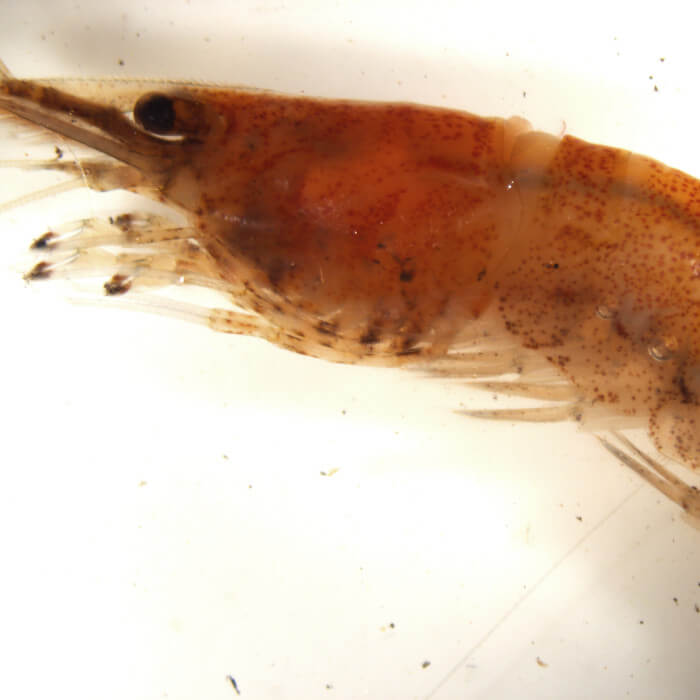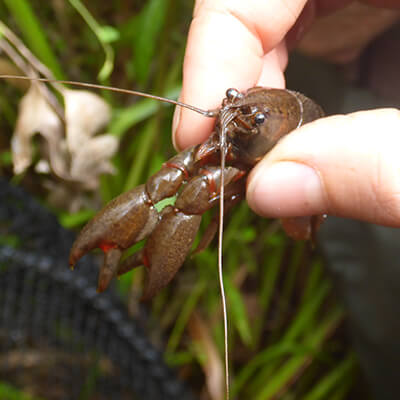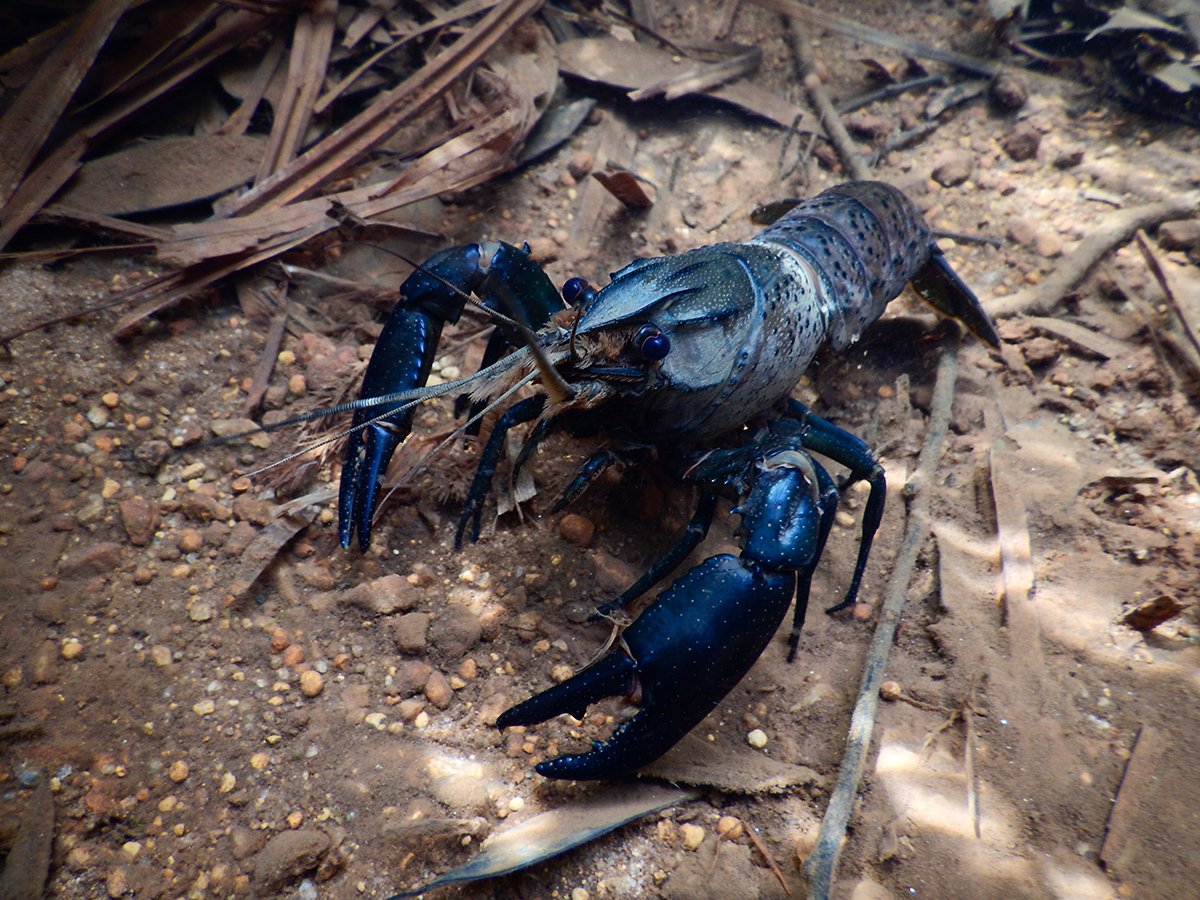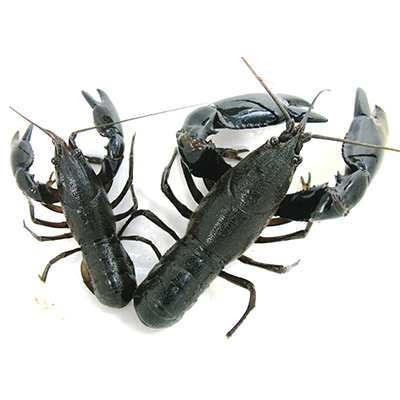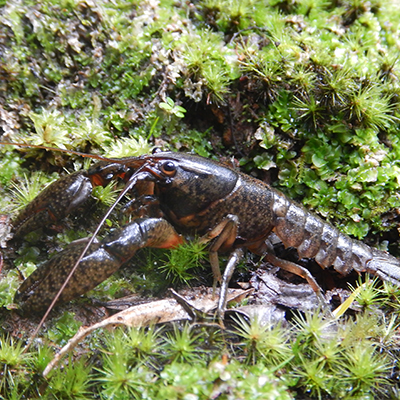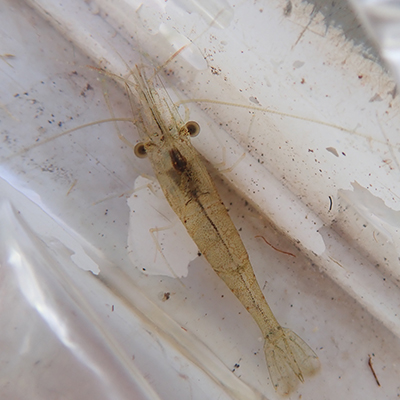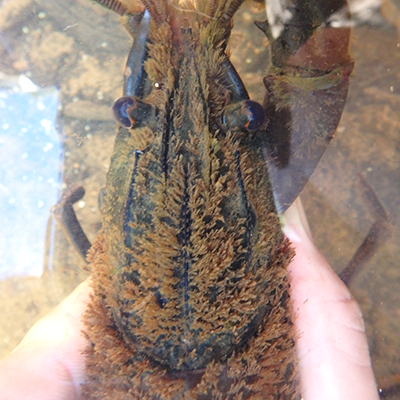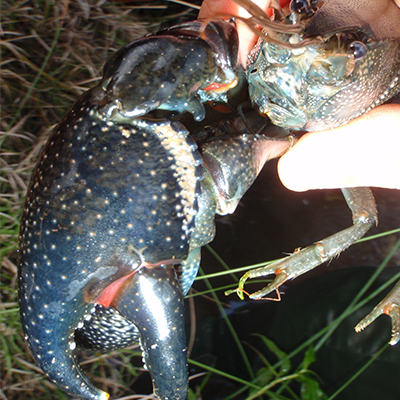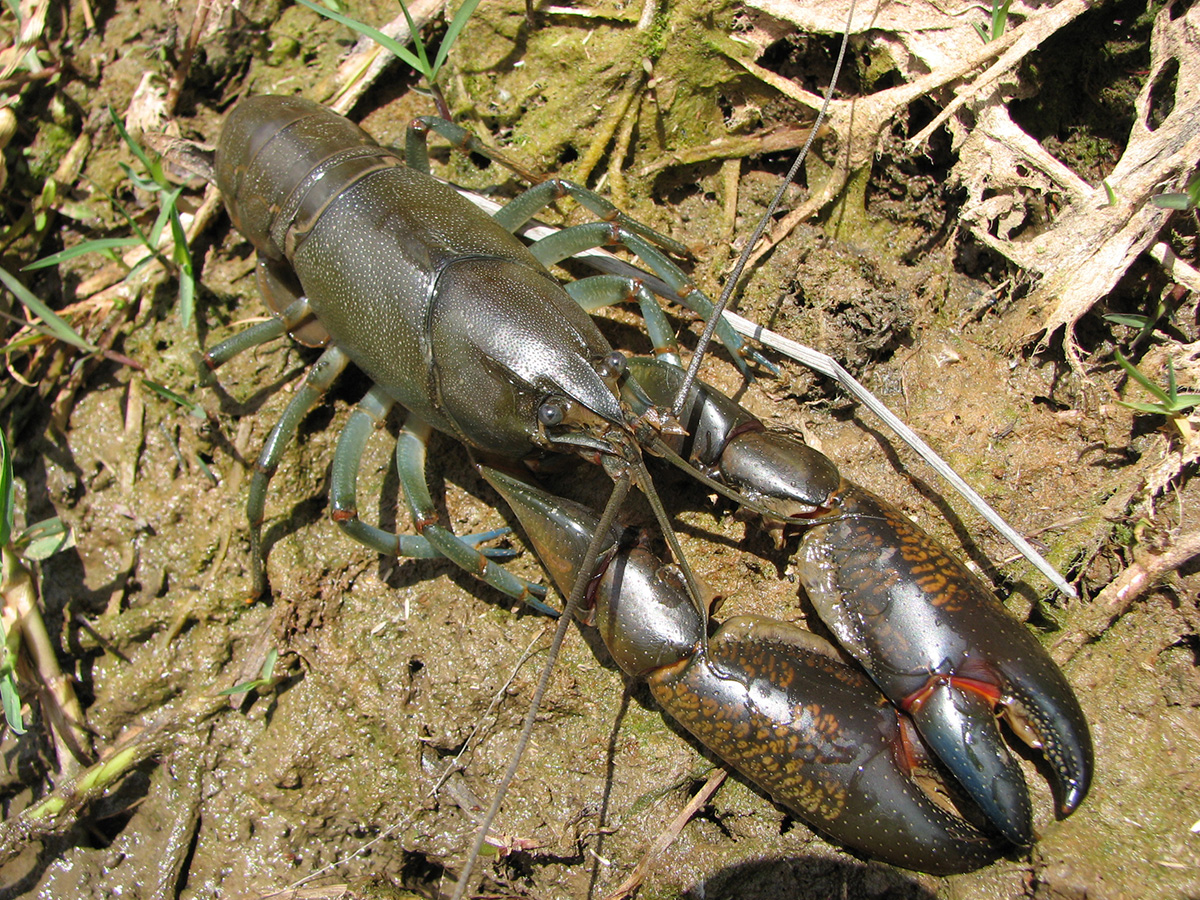Easily mistaken for the native south-west glass shrimp (Palaemon australis) but can be distinguished by its shorter rostrum, with many more dorsal teeth (upper spines on the rostrum). The indistinct river shrimp is generally smaller than the native glass shrimp and may have faint red speckled pigmentation, while the south-west glass shrimp is more translucent in appearance. Please refer to … Read More
Cherax species novel (new crayfish species)
A new crayfish species was recently discovered in 2020 through a genetic survey of crayfish in south-west Western Australia. This survey was a collaborative project between the department and Edith Cowan University (School of Science). The crayfish is yet to be formally described, for the purpose of this web summary it will be referred to as Cherax species novel. This … Read More
Smooth marron
The third largest freshwater crayfish in the world, only behind the giant Tasmanian crayfish (Astacopsis gouldi) and the Murray River crayfish (Euastacus armatus). The smooth marron can grow over 400 mm (rostrum to tail) and weigh over 2 kilograms. This is an iconic species in the south-west, and the primary recreational fishing species in fresh inland waters. It is generally … Read More
Gilgie
The gilgie is one of the more common freshwater crayfish species in the south-west, however the name is often used colloquially in reference to any freshwater crayfish species (aside from the large-bodied smooth marron) encountered by the public. It is relatively easily identified by 5 prominent keels on the head (only sharing this trait with marron species; although marron generally … Read More
Restricted gilgie
Colour varies from light to dark greenish brown, generally with distinctive mottling and often with a central light brown/orange central stripe and basal portion of legs being reddish-orange. Distinguished from other crayfish based on weight-of-evidence considering the following: Four keels on the head although a very reduced central keel can sometimes be present (gilgie and marron have 5 keels, and … Read More
South-west glass shrimp
A small, transparent freshwater shrimp distinguished by a spine below the branchiostegal groove and second pair of legs much longer than the first (unlike Atyidae shrimps). Similar in appearance to the exotic Indistinct river shrimp (Caridina indistincta), which has recently been identified in the south-west. This species will compete with the south-west glass shrimp for food and habitat.
Hairy marron
This is the most threatened freshwater animal in the southwest, with only a small number of mature animals left in the wild from only a few locations in a small section of the Margaret River. Colour is back to dark brown. Maximum size is expected to be similar to smooth marron. It is similar in appearance to the smooth marron, … Read More
Koonac
Distinguished by 4 keels on the head, two of which are typically less prominent, and large spade-like claws (most obvious in larger specimens and males). No spines on the telson and rostrum, and the rostrum is short and curved compared to the other crayfish species. Considerable differences exist in appearances across the distribution depending on the habitat type. Colour varies … Read More
Yabby
This exotic freshwater crayfish (originating in eastern Australia). Often confused with endemic koonac or gilgie but can be distinguished from all native south-west crayfishes by the presence of setae (hairs) on the arm (merus) and wrist (carpus) of the yabby. Other features that can support identification include 4 keels on the head and no spines on the rostrum (point of … Read More
Glossy koonac
Similar to the koonac, by distinguished by the smooth and glossy cephalothorax (shell of head and abdomen); rather than the more dimpled surface of other crayfish species which givens a more matte appearance. Colour is mottled blackish-brown.
